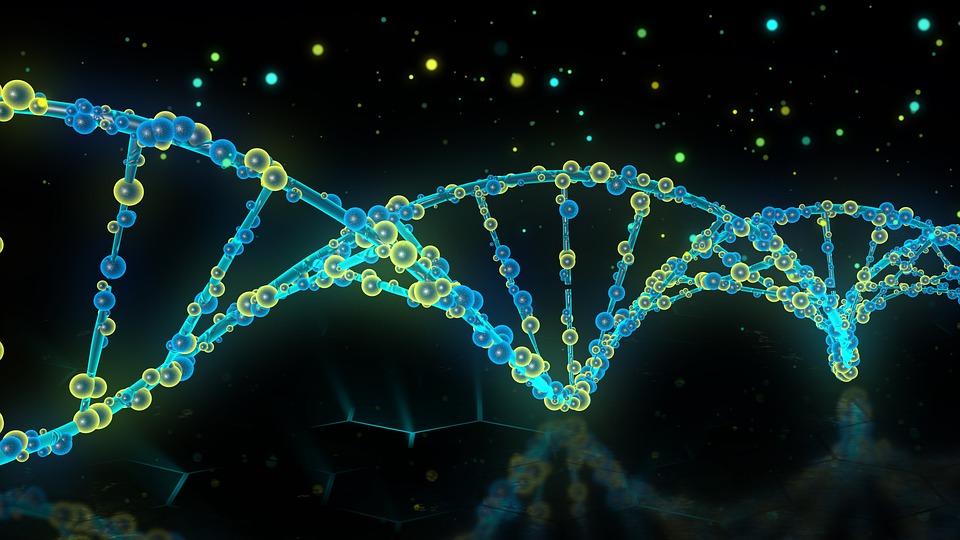
In this lesson, students focus on the engineering design process to help them design, build, and test a functional bow and arrow system like the character Brian Robeson in the book "Hatchet". Students

In this lesson, students focus on the engineering design process to help them design, build, and test a functional bow and arrow system like the character Brian Robeson in the book "Hatchet". Students

After completing a unit on weather, students will be challenged to research, design, construct and attach a snow plow to their Edison robot. Then they will create a scratch code that will navigate

This 45-minute lesson uses the book, "How to Catch an Elf", to lead into a cooperative engineering design lesson where students work in teams to build a humane trap to capture an elf.

In this lesson students will use everything they've done in parts 1-3 to analyze how mutations affect proteins. Students will build the mutated proteins that they sequenced in part 3. They will test

In this lesson, students will be introduced to mutations in DNA. They will create beaded or illustrated "codes" to represent 5 different mutations to their original protein codes. These codes will be

In this lesson students will continue to learn about protein synthesis. At the beginning of this lesson students should know that genes have the code to make proteins. Today they will be introduced to

In this lesson students are introduced to the idea that DNA is the code to create proteins and that proteins can be structural or functional. Students are given a problem to create a model of a

This lesson is PART 4 of a four-lesson unit, which focuses on futures thinking, the phenomenon of electricity, closed-system agriculture, and water as a renewable energy resource. “The City of Ember”

This lesson is PART 3 of a four-lesson unit, which focuses on futures thinking, the phenomenon of electricity, closed-system agriculture, and water as a renewable energy resource. “The City of Ember”